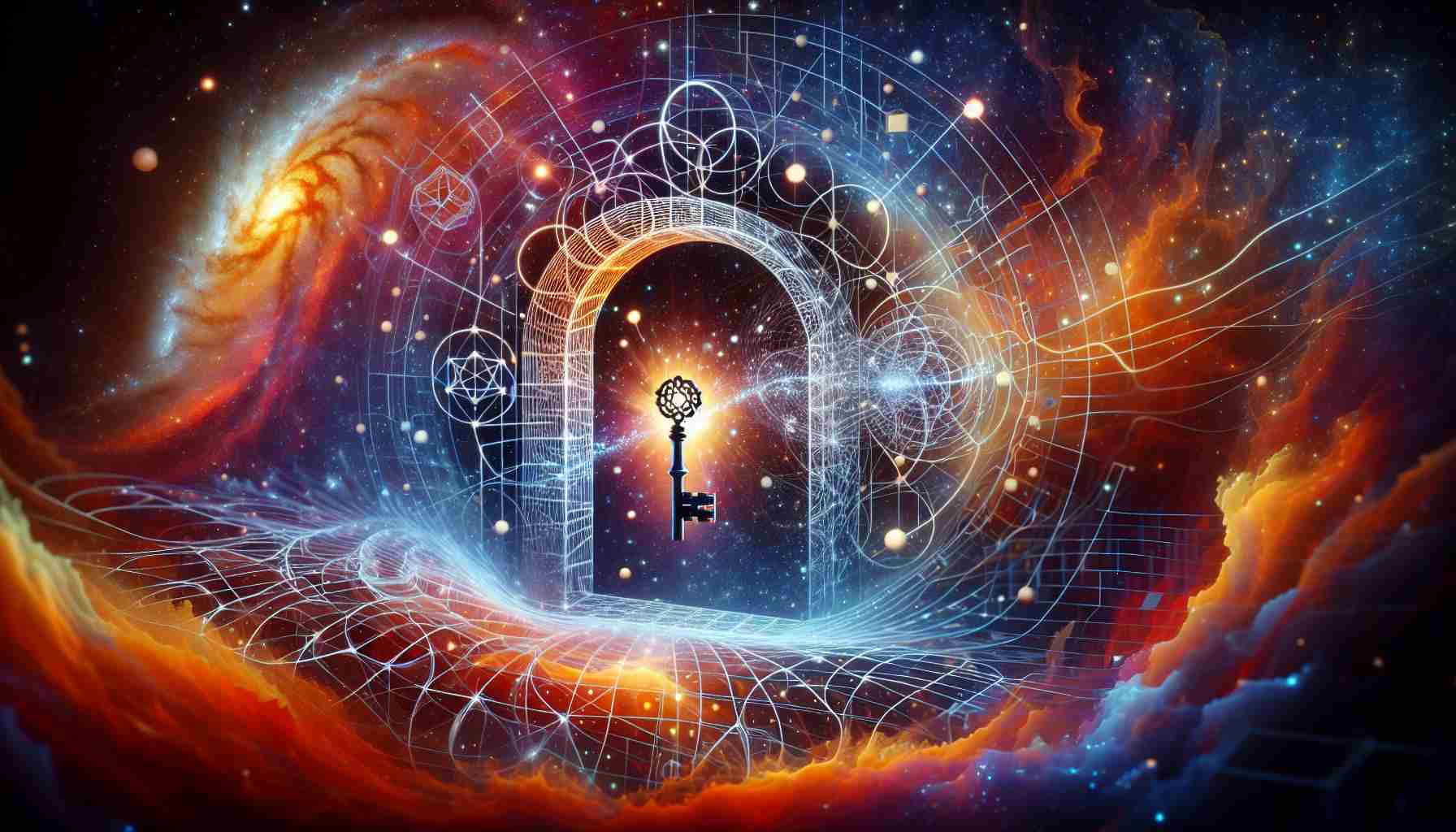In a groundbreaking experiment, physicists have achieved a major milestone by measuring the tiniest gravitational pull ever recorded. Using a magnetic trap, they were able to observe gravitational signals at a scale close to the quantum realm, bringing us one step closer to unraveling the intricate relationship between gravity and quantum mechanics.
For over a century, scientists have grappled with the challenge of integrating gravity and quantum mechanics, two fundamental frameworks that seem incompatible on different scales. While classical physics explains the behavior of objects on larger scales, the laws of quantum mechanics govern the behavior of particles at atomic and subatomic levels. The puzzle lies in reconciling these two frameworks to gain a more complete understanding of the Universe.
To address this conundrum, the researchers employed a superconducting magnetic trap, which allowed them to isolate a particle weighing just 0.43 grams. Suspended in the trap, the particle experienced a gravitational force of only 30 attonewtons, the smallest gravitational measurement to date. By conducting experiments at such minuscule scales, the team aimed to explore gravity in the quantum domain, where its behavior remains enigmatic.
This groundbreaking achievement opens up new possibilities for studying quantum gravity and offers insights into the fundamental workings of our Universe. Understanding quantum gravity could provide answers to long-standing mysteries, such as the origins of the Universe, the inner workings of black holes, and the unification of all fundamental forces into a comprehensive theory.
While this accomplishment represents an important milestone, the researchers have ambitious plans to further scale down their experiment, delving even deeper into the quantum world. By pushing the boundaries of scientific knowledge, they are poised to unlock the secrets that lie at the intersection of gravity and quantum mechanics.
The study, published in Science Advances, paves the way for future investigations and brings us closer to bridging the gap between classical and quantum physics. Although there is still much work to be done, the tantalizing prospect of unraveling the mysteries of the Universe through quantum leaps in our understanding is finally within reach.
Frequently Asked Questions
Q: What was the major achievement in the experiment conducted by physicists?
A: The physicists were able to measure the tiniest gravitational pull ever recorded using a magnetic trap.
Q: How did the researchers observe gravitational signals at a scale close to the quantum realm?
A: The researchers used a superconducting magnetic trap to isolate a particle weighing just 0.43 grams and measured a gravitational force of 30 attonewtons on the particle.
Q: Why is integrating gravity and quantum mechanics a challenge?
A: Gravity, described by classical physics, and quantum mechanics, which governs behavior at atomic and subatomic levels, seem incompatible on different scales.
Q: What are the potential benefits of understanding quantum gravity?
A: Understanding quantum gravity could provide answers to questions about the origins of the Universe, the inner workings of black holes, and the unification of all fundamental forces.
Q: What are the plans of the researchers following this achievement?
A: The researchers plan to further scale down their experiment to explore the quantum world even deeper and gain more insights into the relationship between gravity and quantum mechanics.
Definitions
– Gravitational pull: The force exerted by one object with mass on another object with mass, drawing them towards each other.
– Quantum realm: The domain of physics that deals with phenomena at atomic and subatomic levels, governed by the principles of quantum mechanics.
– Superconducting: The property of certain materials to conduct electricity without resistance at very low temperatures.
– Quantum gravity: A theoretical framework that aims to describe the behavior of gravity at the quantum level, combining principles from quantum mechanics and general relativity.
Suggested Related Links
– Science Advances: The website of the journal where the study was published, providing access to the full research article and related publications.


